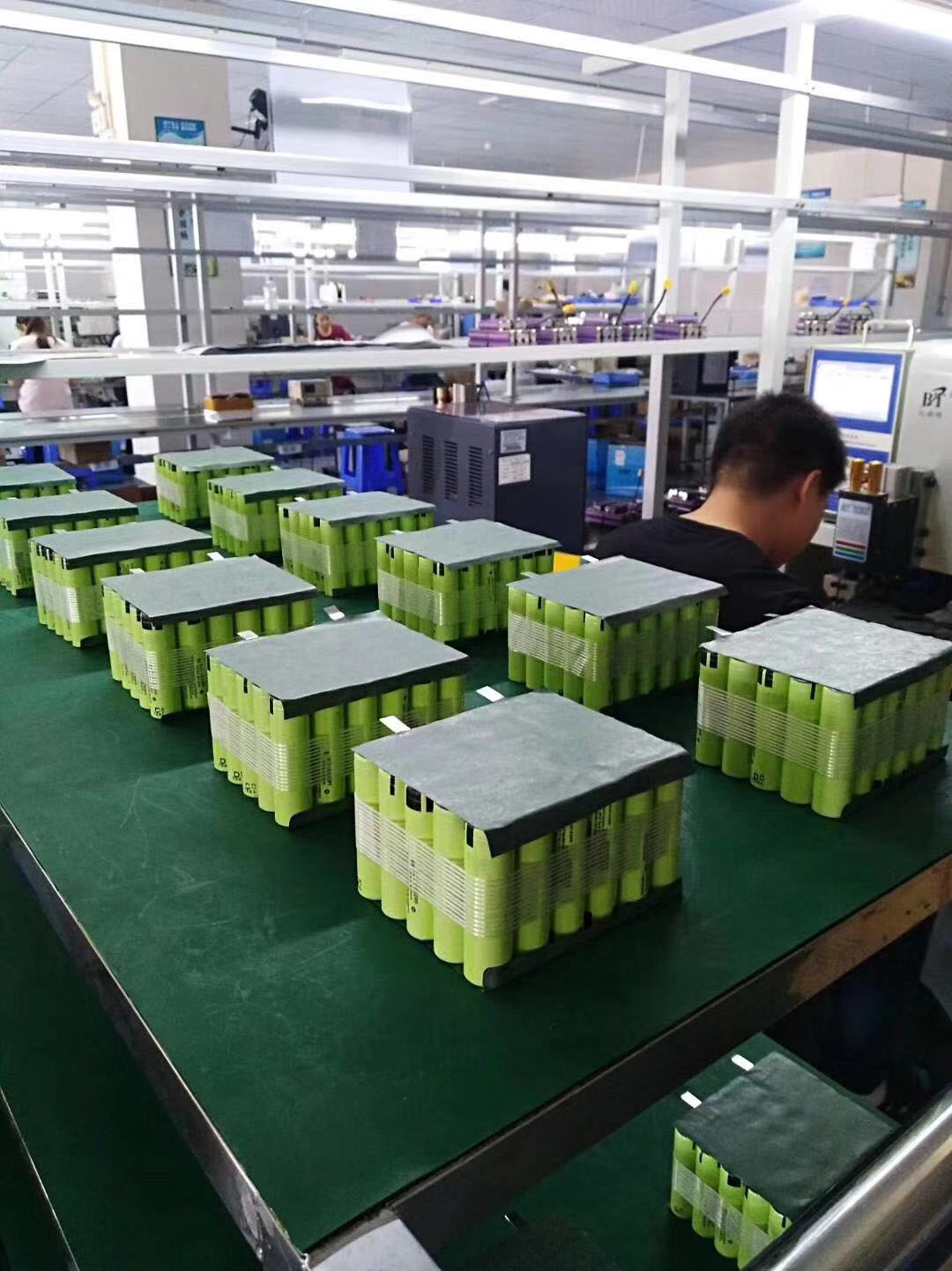- 22
- Nov
Interpretation of 18650 lithium battery battery charging expertise
According to industry standards, the nominal capacity is generally the minimum capacity, that is, a batch of batteries are charged at CC/CV0.5C at room temperature of 25 degrees, and then allowed to rest for a period of time (usually 12 hours). Discharge to 3.0V, constant discharge current of 0.2c (2.75V is also the standard, but the effect is not significant; 3v to 2.75V drops fast, and the capacity is small), the released capacity value is actually the capacity value of the battery with the lowest capacity, because a batch of batteries There must be individual differences. In other words, the actual capacity of the battery should be greater than or equal to the nominal capacity.

1.18650 lithium battery charging process
Some chargers use cheap solutions to achieve, the control accuracy is not good enough, it is easy to cause abnormal battery charging, or even damage the battery. When choosing a charger, try to choose a big brand of 18650 lithium battery charger, the quality and after-sales are guaranteed, and the service life of the battery is prolonged. The 18650 lithium battery charger has four protections: short-circuit protection, over-current protection, over-voltage protection, battery reverse connection protection, etc. When the charger overcharges the lithium battery, the charging state should be terminated to prevent the internal The pressure rises.
For this reason, the protection device monitors the battery voltage. When the battery is overcharged, the overcharge protection function is activated and the charging is stopped. Over-discharge protection: To prevent the over-discharge of the lithium battery, when the voltage of the lithium battery is lower than the over-discharge voltage detection point, the over-discharge protection is activated and the discharge is stopped, so that the battery is in a low static current standby state. Over-current and short-circuit protection: When the lithium battery discharge current is too large or a short-circuit occurs, the protection device activates the over-current protection function.
The charging control of the lithium battery is divided into two stages. The first stage is constant current charging. When the battery voltage is lower than 4.2V, the charger charges with constant current. The second stage is the constant voltage charging stage. When the battery voltage is 4.2 V, due to the characteristics of lithium batteries, if the voltage is high, it will be damaged. The charger will be fixed at 4.2 V and the charging current will gradually decrease. A certain value (usually set the current 1/10), to cut off the charging circuit and issue a complete charging command, the charging is completed.
Overcharge and overdischarge of lithium batteries will cause permanent damage to the positive and negative electrodes. Excessive discharge will cause the structure of the anode carbon sheet to collapse, thereby preventing lithium ions from being inserted during the charging process. Overcharging will cause too many lithium ions to sink into the carbon structure, some of which can no longer be released.
2.18650 Lithium battery charging principle
Lithium batteries work through charging and discharging. When the battery is charged, lithium ions are formed on the positive electrode of the battery and reach the negative electrode through the electrolyte. Negative carbon is layered and has many micropores. Lithium ions reaching the negative electrode are embedded in the small pores of the carbon layer. The more lithium ions are inserted, the greater the charging capacity.
Similarly, when the battery is discharged (as we do with the battery), the lithium ions embedded in the negative carbon will come out and return to the positive electrode. The more lithium ions that return to the positive electrode, the greater the discharge capacity. What we usually call battery capacity is discharge capacity.
It is not difficult to see that during the charging and discharging process of lithium batteries, lithium ions are in a state of movement from the positive electrode to the negative electrode and then to the positive electrode. If we compare the lithium battery to a rocking chair, the two ends of the rocking chair are the two poles of the battery, and the lithium ion is like an excellent athlete, moving back and forth between the two ends of the rocking chair. This is why experts gave lithium batteries a lovely name: rocking chair batteries.
